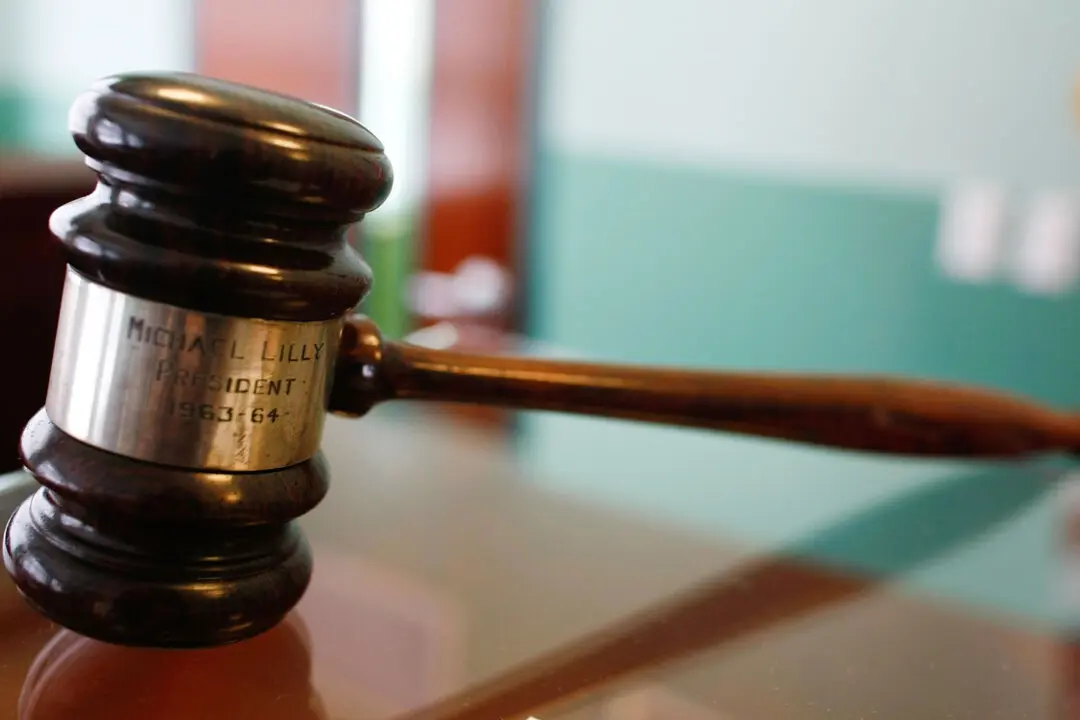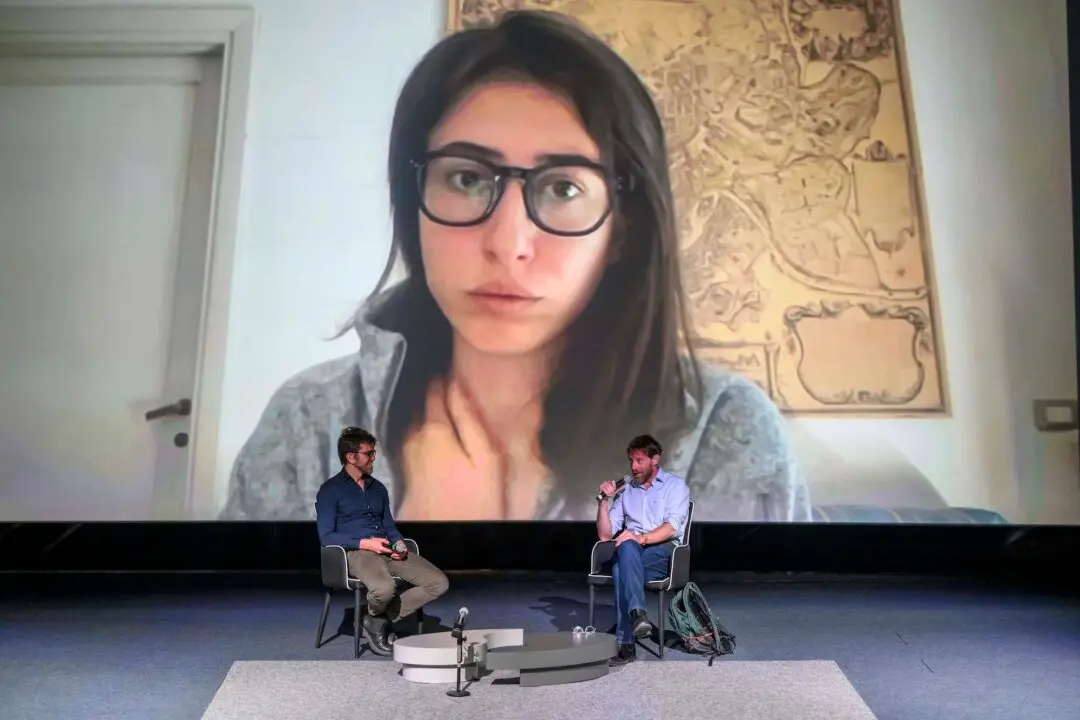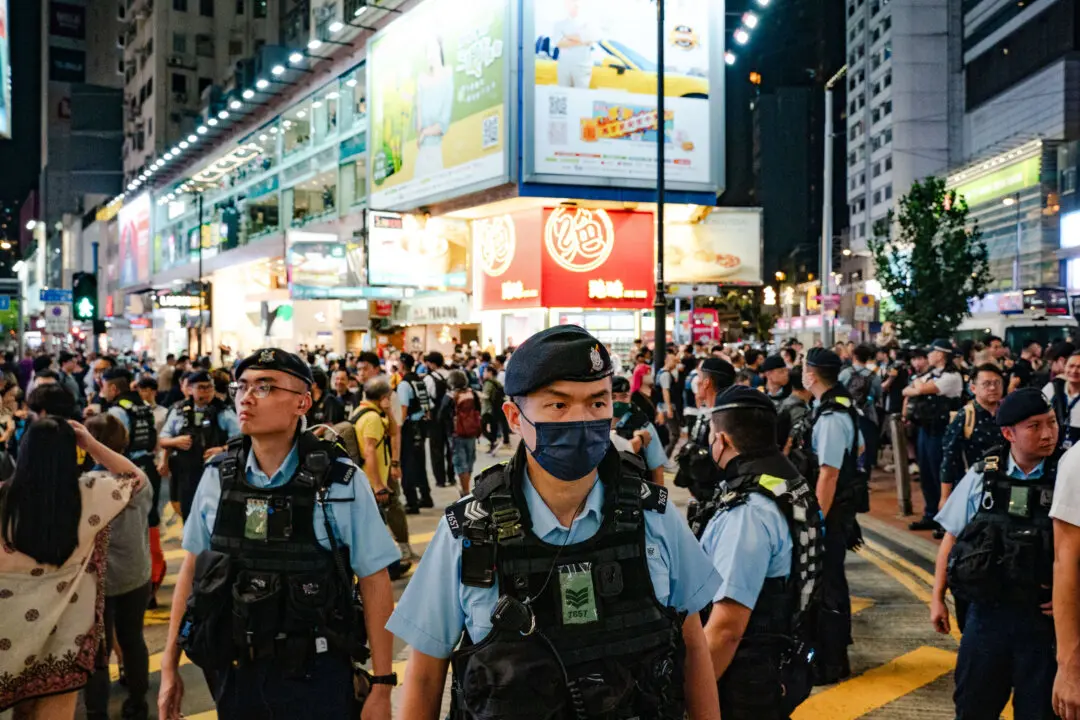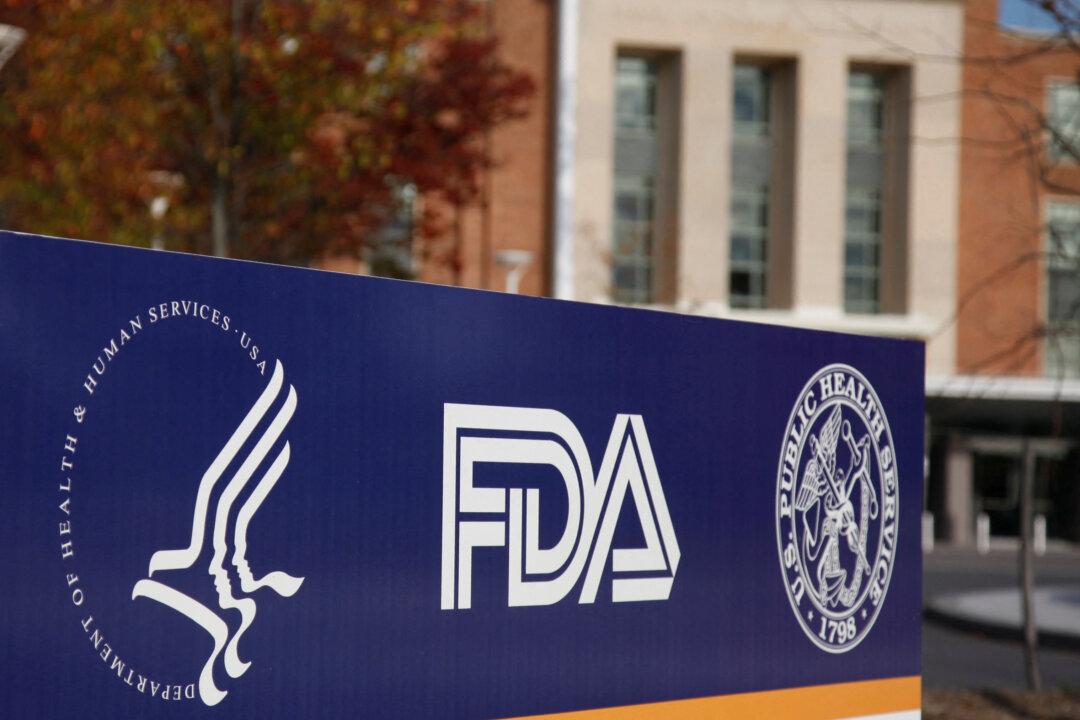Prime Minister Scott Morrison has said the government is already spending $40 million on a campaign to promote CCP virus vaccines to targeted priority groups, including older adults and aged care residents, amid a push for an urgent marketing effort to combat broader vaccine hesitancy.
Morrison said there’s no point in targeting promotional vaccine messages to people in their 30s because they aren’t currently eligible to get vaccinated.





